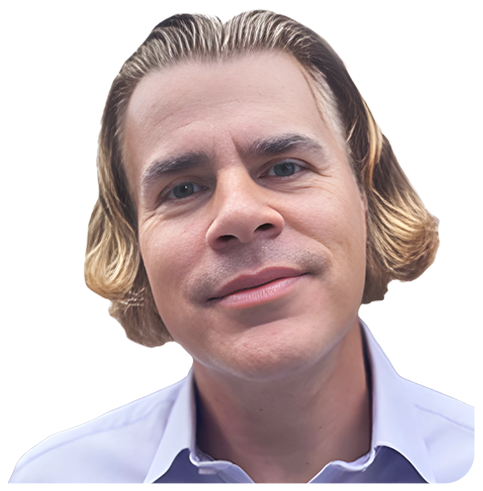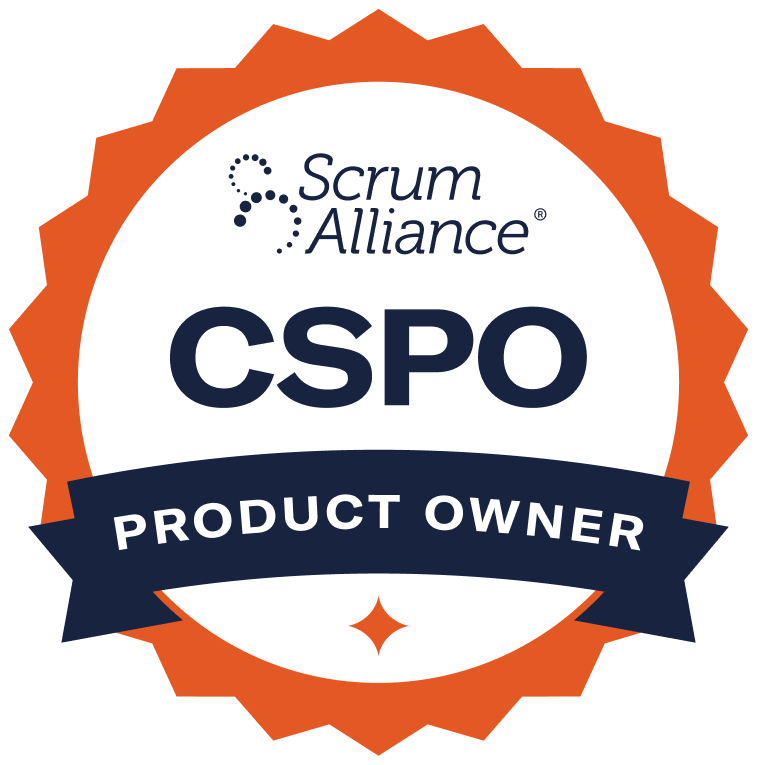Discover your confidence and become the Product Owner your team needs!
Design a winning product strategy with practical tools and frameworks.
WHY CHOOSE US?
Immediate application
Ideas and tools you can use at work the next day.
Hands-on, interactive learning
No boring slides – just engaging activities that will make you a better Product Owner.
New templates & tools
Practice using frameworks that will simplify your product discovery and requirements gathering activities.
Real-world experience
Learn from a Certified Scrum Trainer® who has five years of experience as an SVP of Product and launched multiple products.
YOUR PATH TO SUCCESS
Master the Scrum fundamentals
– people, events, artifacts and commitments.
Learn new frameworks to create,
maintain and prioritize your Product Backlog.
Inspire your customers, end users
and stakeholders by providing them with compelling product visions, realistic roadmaps and clear user stories..
Hear real-life examples
of how Scrum was used to develop innovative products and services in multiple industries.
Boost the collaboration,
communication and productivity of your Scrum Team.







